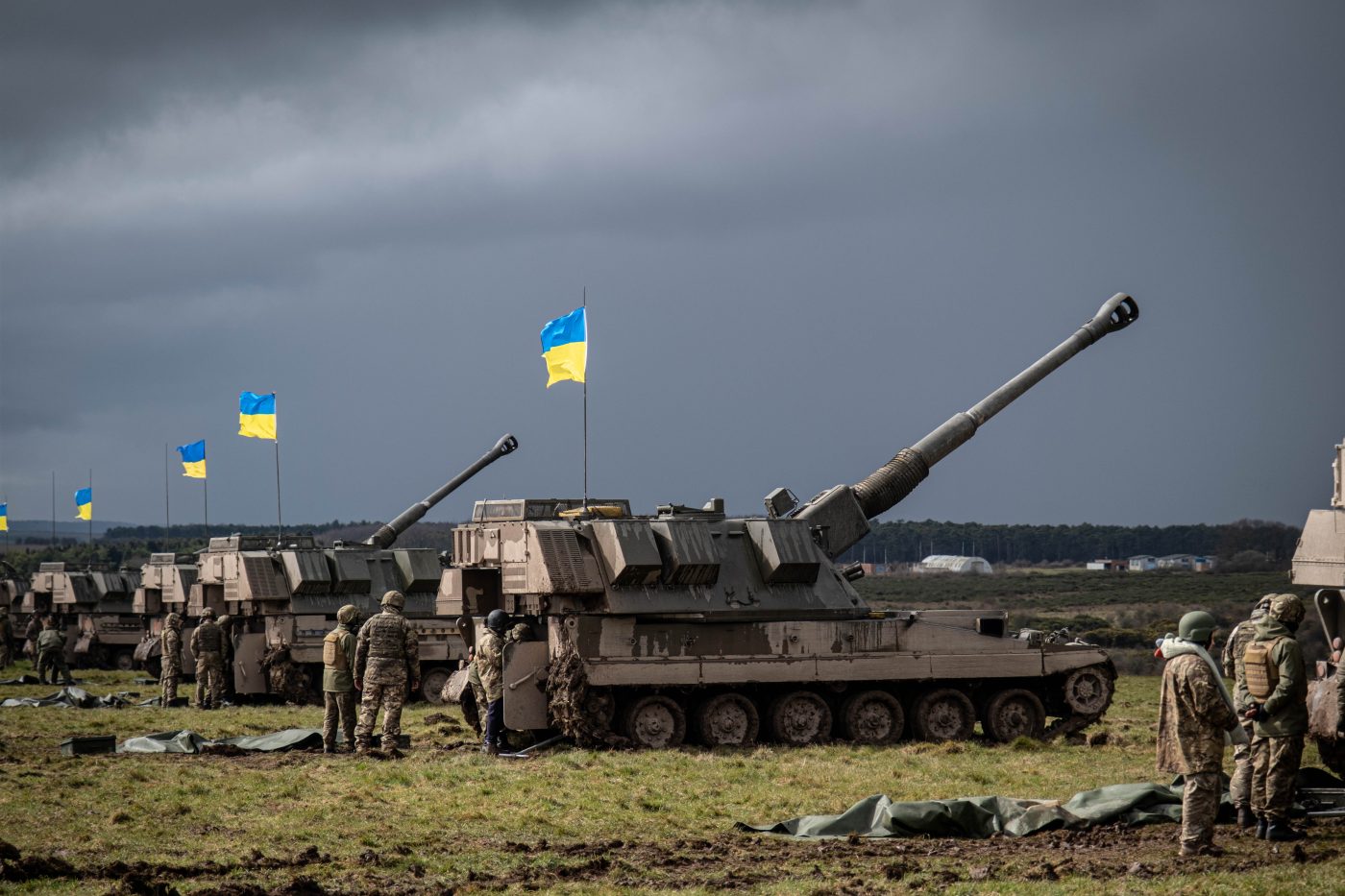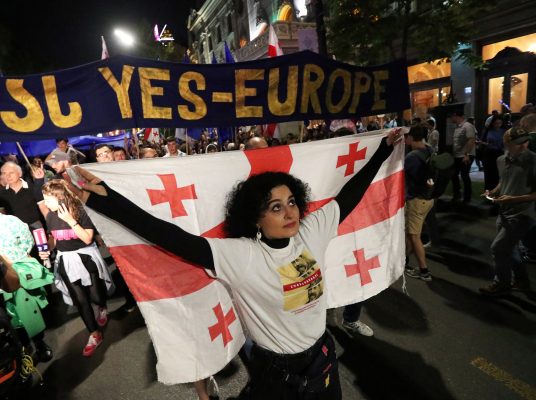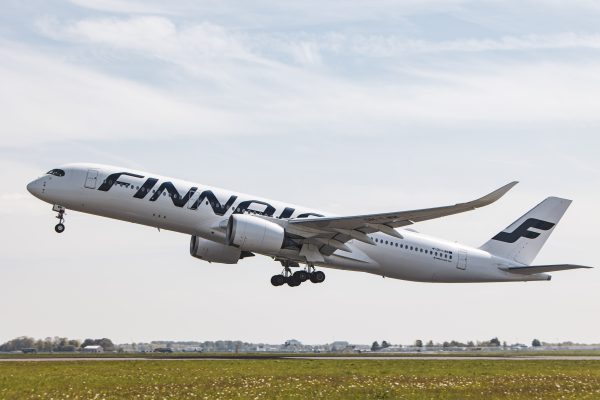Dozens of countries will gather in Lithuania for the NATO Summit on July 11-12 to decide on the alliance’s strategic direction. Topics will include arms control, cooperation between the East and West, and current global challenges, including Russia’s invasion of Ukraine.
Another topic that will likely be high on the agenda will be defense spending, supply chain management, and defense acquisition. Vladimir Putin’s war in Ukraine has forced many countries to reconsider their defense capabilities and national security strategies, and minds are focused on working together.
While Finland was accepted into NATO earlier this year, and Sweden will soon follow, other neutral countries, such as Ireland, Cyprus, and Switzerland, have been interacting more frequently with alliance members. The latter three have increased their defense spending and joined discussions on defense cooperation and security strategies.
Their actions reflect a greater emphasis across the continent on national security and a new sense of unity. As a result, NATO’s collective national defense strategy is evolving fast.
Almost all European states have announced defense spending increases. Prior to the Russian invasion, only five NATO members fulfilled the 2% defense spending target. By 2023, eight of NATO’s 31 members hit the mark (when Sweden is accepted, this number would rise to nine out of 32.) While the number is still low, it shows progress is being made. For example, NATO members such as Germany and the Czech Republic are implementing changes in the law to enable them to reach the alliance’s target.
The greater emphasis on national security will also help increase the focus on supply chain issues. The war in Ukraine has led North American and European policymakers to re-examine their arms stockpiles and manufacturing after Ukraine’s demand for Western hardware outpaced availability. There is a good understanding that stocks must be replenished and that greater production is needed.
The US is working to increase 155mm artillery shells by sixfold to 90,000 by 2025, as well as other major investments in production amounting to $30.6bn next year alone; the European Union (EU) is investing $1.1bn to compensate members for stocks sent to Ukraine, and another $2bn-plus on fresh supplies to Ukraine; and the UK is investing around $3bn to ramp up production in the coming years.
All of which takes time. One possibility is to rethink the process of how contracts are issued. For example, awarding noncompetitive contracts, or reducing the time it takes to award defense contracts, could help speed up production. These processes need to be adequately examined and vetted, but reducing delays could result in an increase in production volume.
According to National Defense Magazine, noncompetitive contracts would “allow for the backfilling of stockpiles without a lengthy procurement process.” Multiyear contracts “provide a more long-term solution to replenish defense stockpiles,” which take time to process. In addition, according to the publication, this would allow defense industry partners to “ramp up production processes of critical systems … over several years at low financial risk.”
Creating new manufacturing plants, and hiring technicians, engineers, and experts, would also expand the market and workforce, helping to boost the economies of alliance members as they work to bounce back from the impact of the coronavirus pandemic.
In addition, alliance members should discuss the process of defense acquisition. One of the key focuses for NATO is interoperability, which enables alliance members to work together in a coherent, effective, and efficient manner through shared communication, planning, and training. While it doesn’t require all states to have the same military equipment, interoperability relies on the kit being able to interact, communicate and share data with the hardware and software of other member states.
Continually enhancing their ways of operating together “reduces duplication, enables pooling of resources and produces synergies among all allies,” NATO says. Given the existing processes, alliance members could pursue options for states to share more of their technology. It would help with manufacturing setbacks and stockpile issues and allow NATO members to assess and deepen their strengths, reducing the burden on any one member’s industrial base.
According to a recent report, the US and its partners are pursuing policies that include interoperability and interchangeability. For example, the US and European countries have contemplated setting standards where materiel “manufactured in one partner country will work with the tubes of any other.”
This has been a NATO bugbear since the days of the Cold War, but as members retool and invest in new factories and plants there are opportunities to get this right from the outset.
Exploring these issues will take time, and resolving the challenges will not be easy. But the rewards and benefits of pursuing such a strategy would be great. Working with the defense sector, governments could develop the interchangeability of equipment across NATO and reduce the time required to make vital hardware available.
The possibilities for reform are endless. Innovative minds need to find and implement them.
Mark Temnycky is an accredited freelance journalist covering Eastern Europe and a nonresident fellow at the Atlantic Council’s Eurasia Center. He can be found on Twitter @MTemnycky.
Europe’s Edge is CEPA’s online journal covering critical topics on the foreign policy docket across Europe and North America. All opinions are those of the author and do not necessarily represent the position or views of the institutions they represent or the Center for European Policy Analysis.





